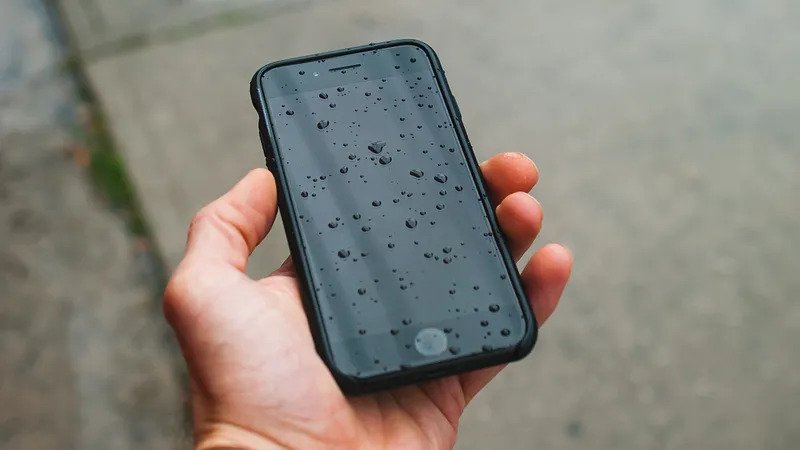Electronics manufacturing relies on glue and encapsulation processes to meet modern consumer demand for increased water resistance and minification of complex products. Unfortunately, glue and coating defects frequently occur, leaving even the best engineering teams stumped. According to data pulled from production environments in 2019, glue defects happen at a rate of 0.19% per region where glue is implemented. This defect rate is particularly alarming because glue and coating defects are difficult to catch – traditional functional tests and inspection processes can’t reliably detect them.
When these defects end up in customer hands, total customer return rates and negative amazon reviews spike, impacting bottom lines for brands. This negative outcome necessitates modern solutions that help engineering and operations teams detect, analyze, and monitor glue and coating defects. It’s time for glue to no longer be the bane of an engineer’s existence.
Why are glue and encapsulation manufacturing defects difficult to inspect and root cause?
In order to enable engineering and operations teams to prevent these issues from ending up in customer hands, they need to be able to reliably detect them and to conduct failure analysis so corrective action can take place. Both of these needs are difficult to achieve.
Detection of glue and encapsulation defects is the first hurdle that must be addressed. They are particularly difficult to detect with traditional inspection processes because they:
- Start as liquids and then harden
- Often appear translucent
- Have subtle variations that could lead to issues
- Take organic shapes that make clear inspection specifications difficult
Traditional vision systems have difficulty with organic shapes and require substantial programming to account for every failure mode – making it impractical. Other solutions like manual inspectors and functional tests, either lack consistency or are simply not suited for detecting these types of defects.
If you discover a glue or coating issue, conducting failure analysis is also tricky. Taking apart the unit to view the glue or seal pattern often involves destroying the evidence in question – prying apart a unit alters glues from their original state. Not only do engineers miss out on viewing units in a pre-assembled state, they also miss out on viewing what the glue or coating looked like throughout the hardening process where bubbles or contamination might have originated.
Why is Instrumental better at catching glue and coating defects?
Instrumental is uniquely suited to helping engineering and operations teams catch and root cause glue and encapsulation issues during development and production. Instrumental works by capturing images of units as they are assembled and processing them with AI in real-time to detect defects.

Instrumental’s AI detects defects based on the existing population of units, which means that a variety of glue defect failure modes, such as overflow and contamination, don’t need to be pre-programmed – subtle variations in organic shapes can be detected. Instrumental can detect difficult glue and encapsulation defects such as:
- Presence/absence
- Breaks
- Bubbles
- Mis-placement
- Overflow
- Underfill
In addition to detecting these defects in real-time, Instrumental provides a data record of every unit as it was built. Instrumental’s data enables engineers to turn back the clock and view glue or encapsulation patterns with a virtual teardown, rather than a destructive physical one. This makes Instrumental particularly helpful for failure analysis during reliability testing and throughout development. Engineering and operations teams also use Instrumental to closely monitor these issues throughout production, leveraging Instrumental reports, alerts, and automatic issue discovery to keep optimizations proactive.
Interested in learning more about how Instrumental detects glue and coating defects? Request a demo here.
Related Topics



